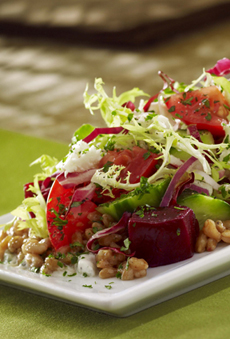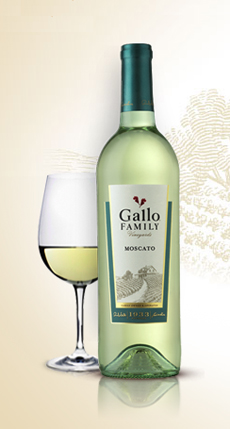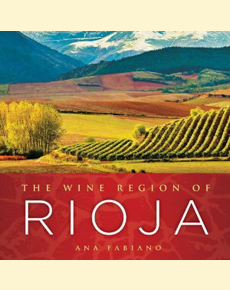|
We discovered the tasty Santorini Farro Salad on the SkinnyLicious™ menu at Cheesecake Factory and liked it so much we recreated it at home (recipe below).
We then asked: Why don’t we eat more farro?
So today we’re also sharing some background information on farro, and two cookbooks that showcase farro recipes and other nutritious and delicious whole grains, including barley, brown rice, kamut, polenta (cornmeal), quinoa and wheat berries.
WHAT IS FARRO?
Farro, also known as spelt and emmer wheat, is an early, very tasty wheat subspecies. An unhybridized ancestor of our modern wheat, farro was one of the first grains cultivated by man.
It was an important staple in parts of Europe from the Bronze Age to medieval times; it sustained the Roman legions as they conquered Europe.
Farro has a mild, nutty flavor, is high in fiber content and nutrients and can be tolerated by many wheat-sensitive people because its gluten is more easily digested (check with your healthcare provider). It has slightly more protein than modern wheat.
|
|

[1] Beet & farro salad: tasty, nutritious and colorful [photo © Cheesecake Factory). |
So why did it “go away?” Because the yields aren’t as high as with other wheat species. Over the millennia, tastier and more nutritious strains of many foods were abandoned in favor of strains that produced greater volume and were less resistant to weather fluctuations, diseases and pests. Today’s demands for better foods are bringing back some of the oldies.
FARRO & BEET SALAD RECIPE
You can serve this as a side salad or a main salad. As a side, it combines both a vegetable salad and a grain or starch. The tzatziki is a refreshing touch, but If you don’t have time to make it, you can take a shortcut: Add some fresh dill and a bit of salt and pepper to plain Greek yogurt.
Here’s a farro main course recipe: Moroccan Chicken With Farro-Carrot Salad.
Ingredients
Farro
Frisée
Cucumbers, sliced or diced
Cooked beets, sliced or diced (canned beets are fine)
Red onion, sliced
Feta cheese, crumbled
Tzatziki (tsa-TSEE-kee), a yogurt-cucumber dip (recipe)
Tomatoes, quartered, or halved cherry tomatoes
Vinaigrette: 3 parts olive oil, 1 part balsamic or wine vinegar, 1 part lemon or lime juice
Salt and pepper to taste
Garnish: oregano, thyme or herb of choice
|

[2] Add farro and other delicious ancient whole grains to your cooking. You’ll love them (photo © Ten Speed Press). |
|
Preparation
1. SOAK. Soak whole (not cracked) farro overnight to soften the hull and remove any debris. You can omit this step, but give the farro a double rinsing before cooking. Store leftover farro in a tightly-sealed container.
2a. COOK. In a large pot with a tight lid, add two cups of salted water per cup of farro. Bring to a boil; reduce to a simmer for 20 to 40 minutes. Drain any leftover water; chill. TIP #1: Add a bouillon cube. TIP #2: Instead of discarding water, save it and substitute it for water in soup, gravy and other recipes. If you can’t use it immediately, freeze it.
2b. PRESSURE COOKER OPTION. If you use a pressure cooker, the farro can be ready in 15 to 20 minutes. Use 3 cups of salted water to one cup of farro.
3. MAKE TZATZIKI. This can be done days in advance. You can also purchase tzatziki, found in the yogurt section of the grocery store.
4. PREPARE VEGETABLES. Wash, slice, dice.
|
5. ASSEMBLE SALAD. You can make individual plates or a family-size dish. Place farro on a plate; drizzle with tzatziki. Toss salad ingredients with vinaigrette; add salt and pepper to taste. Add the salad atop the farro. Top with crumbled feta cheese and serve.
COOK MORE FARRO & OTHER ANCIENT GRAINS
Here are two cookbooks to get you started:
Ancient Grains for Modern Meals: Mediterranean Whole Grain Recipes for Barley, Farro, Kamut, Polenta, Wheat Berries & More. A treasury for modern cooks: foodies and health-conscious home chefs alike. It’s easy to integrate whole grains into your busy life, to the acclaim of everyone who eats at your table. The stunning flavors and lively textures of whole grains are enhanced with favorite ingredients such as butter, cream and prosciutto—in moderation—to create lush, Mediterranean-inspired recipes.
The New Whole Grain Cookbook: Terrific Recipes Using Farro, Quinoa, Brown Rice, Barley, and Many Other Delicious and Nutritious Grains. There’s a tasty dish for every meal of the day. The recipes make it easy to eat your grains and love them, too.
|
|






